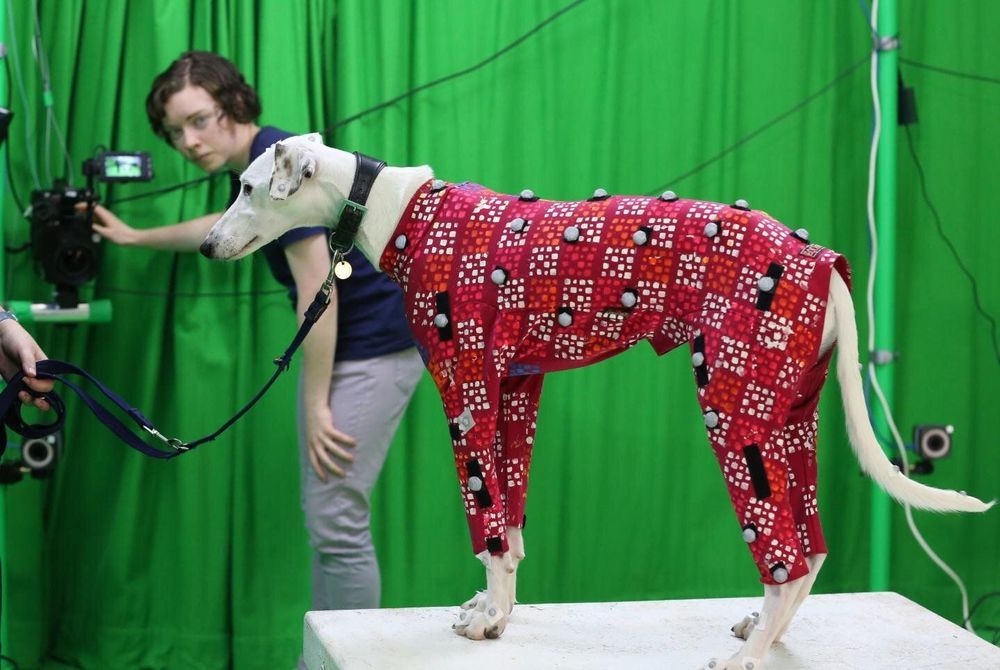On September 10, 2008, CERN’s Large Hadron Collider (LHC) fired up for the very first time. In the decade since, the world’s largest and most powerful particle accelerator has been responsible for some of the most important breakthroughs in scientific history, most notably the discovery of the Higgs boson in 2013. New Atlas is celebrating the 10-year anniversary with a look back at the LHC’s achievements and, with a massive new upgrade in the works, what physics puzzles it could help piece together in the future.
Not only is the Large Hadron Collider the world’s largest particle accelerator, it’s the world’s largest machine, full-stop. That’s thanks to a 27-km-long (16.7-mi) ring of pipes that house the particle beams, along with thousands of powerful magnets and an advanced cooling system of liquid helium.
The ring is made up of two separate tubes, with high-energy particle beams circling in opposite directions. Superconducting electromagnets accelerate the particles almost to the speed of light, and for those to work they need to be kept extremely cold: −271.3° C (−456.3° F) to be exact, which is colder than outer space. That’s where the liquid helium comes in, chosen because it’s the only known element to remain in a liquid form at such low temperatures.







